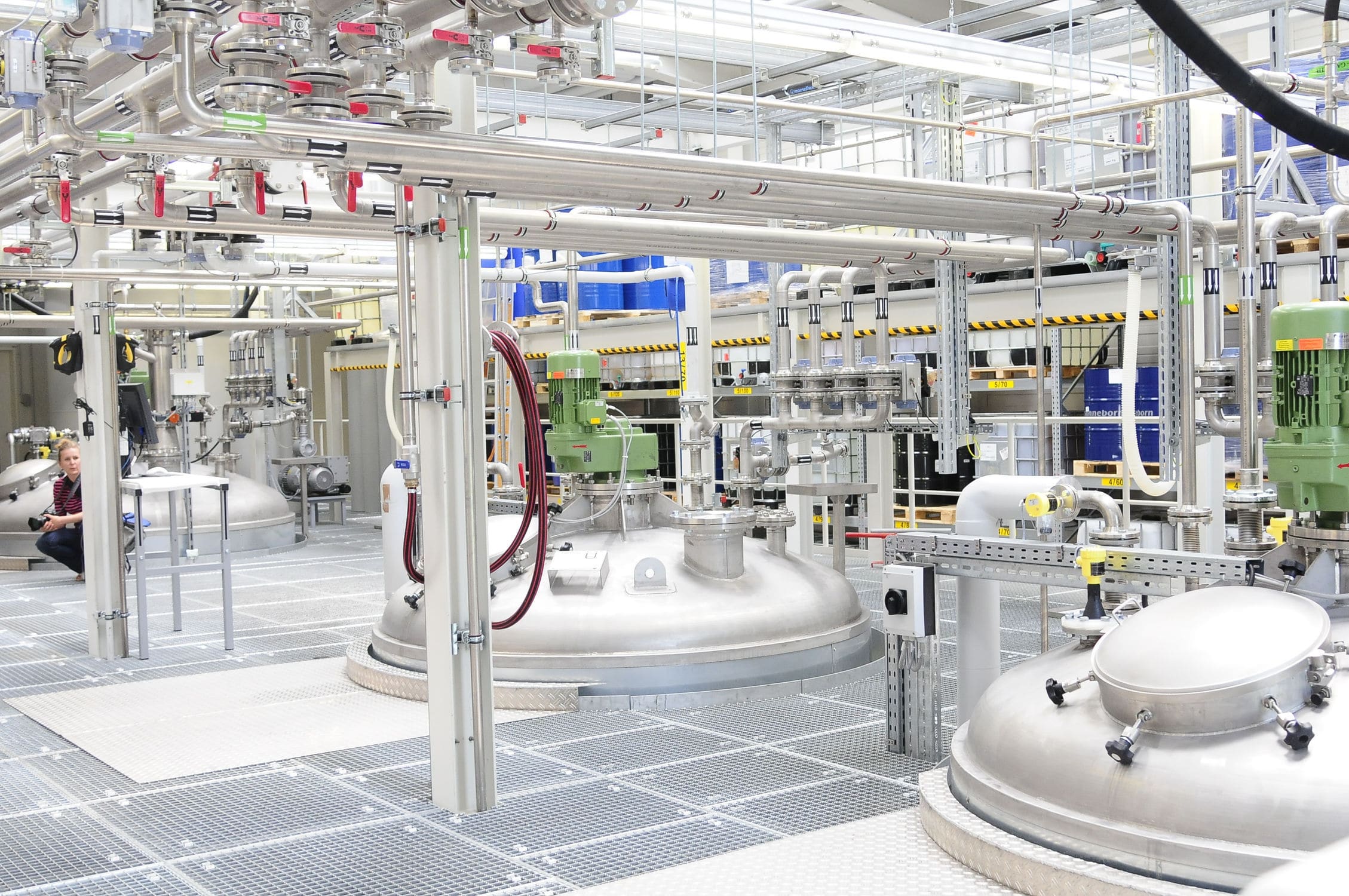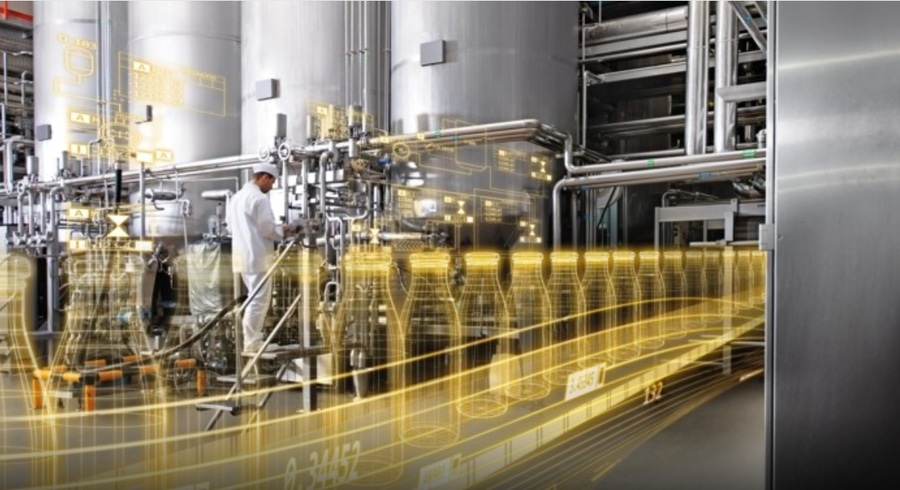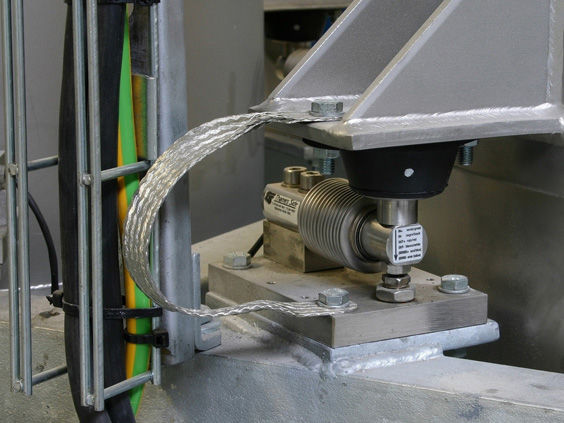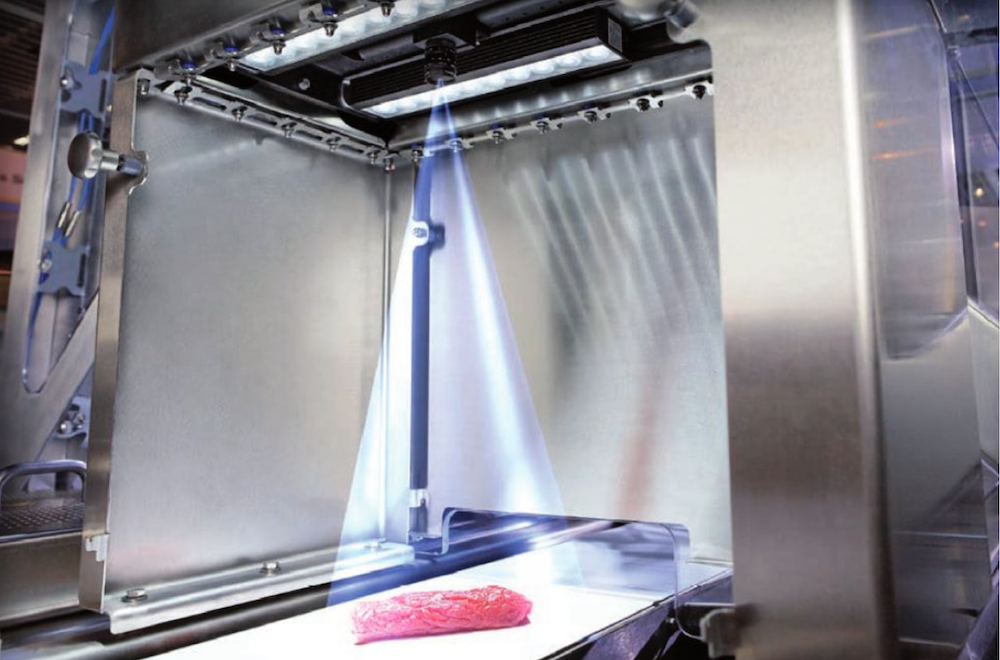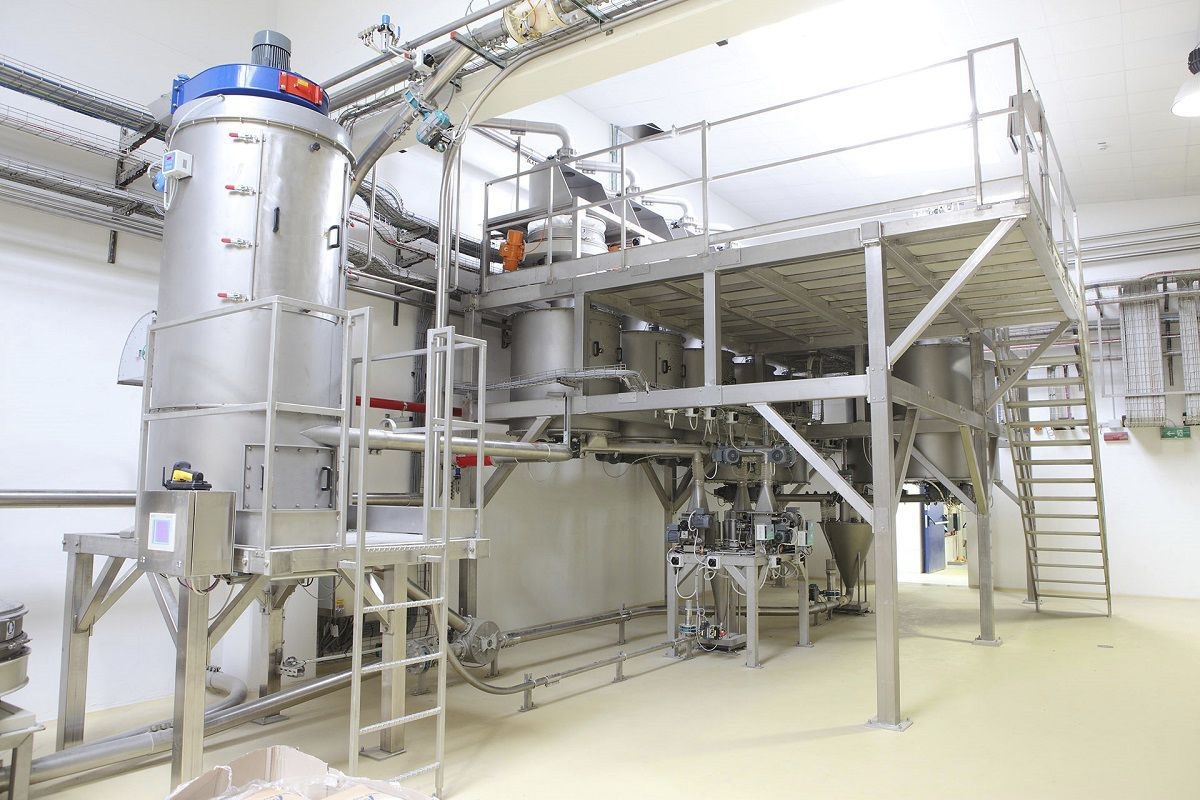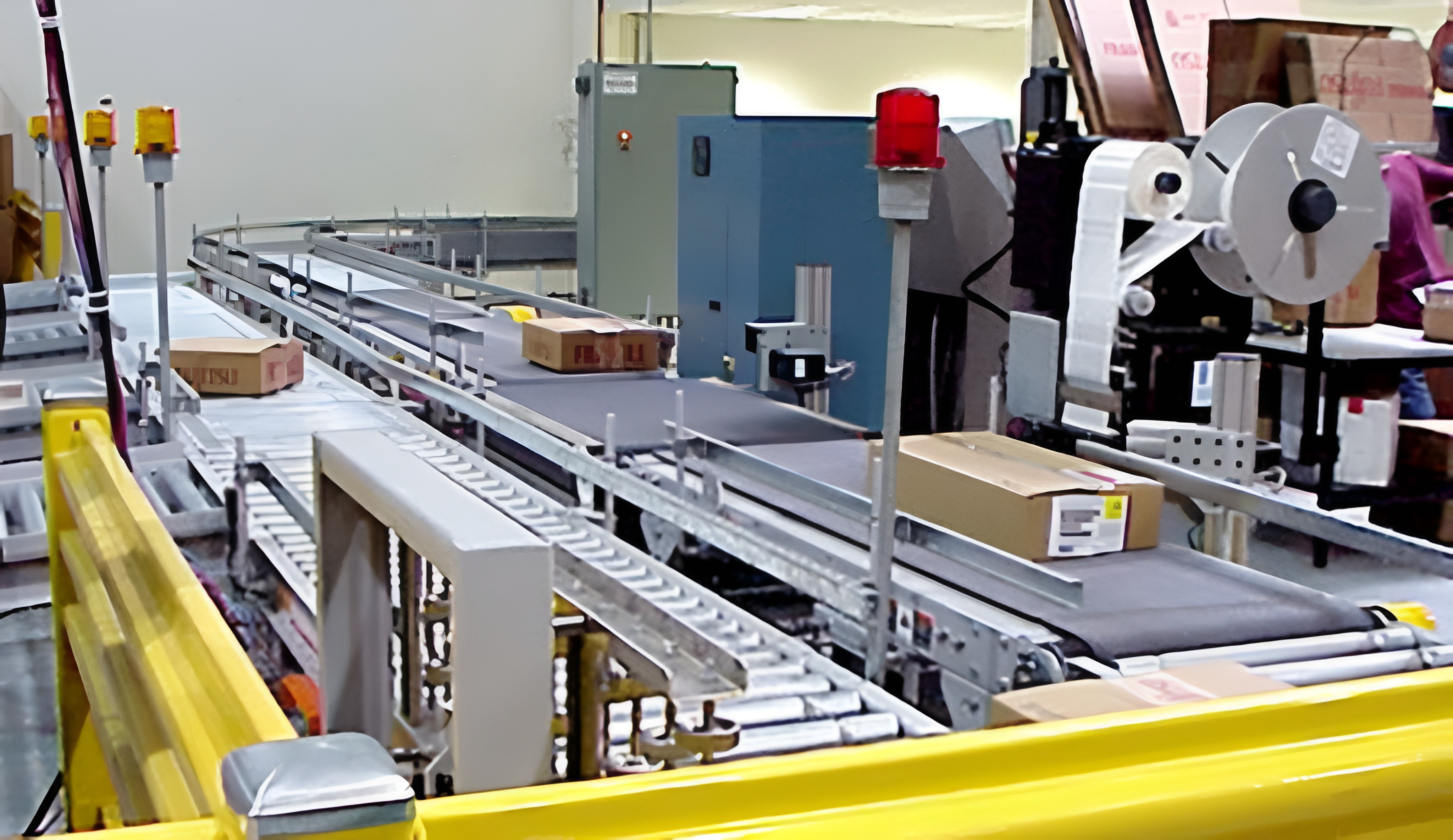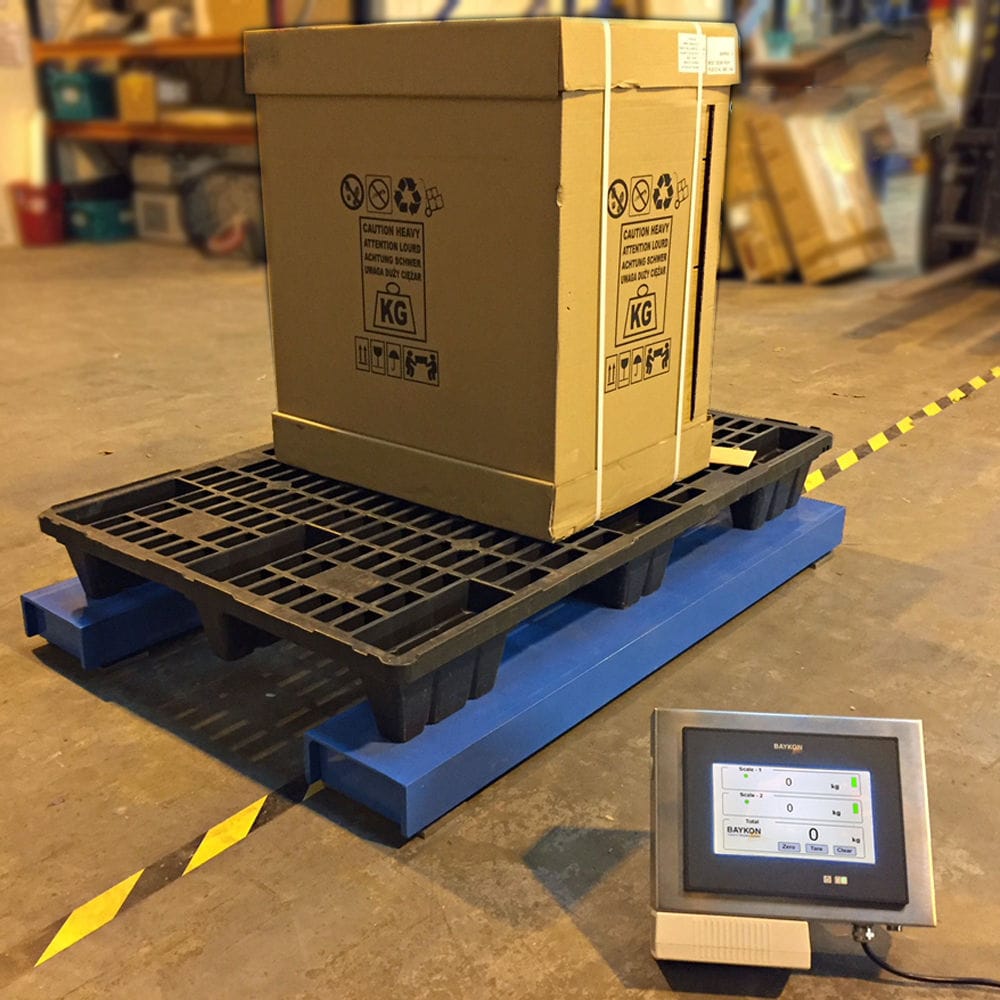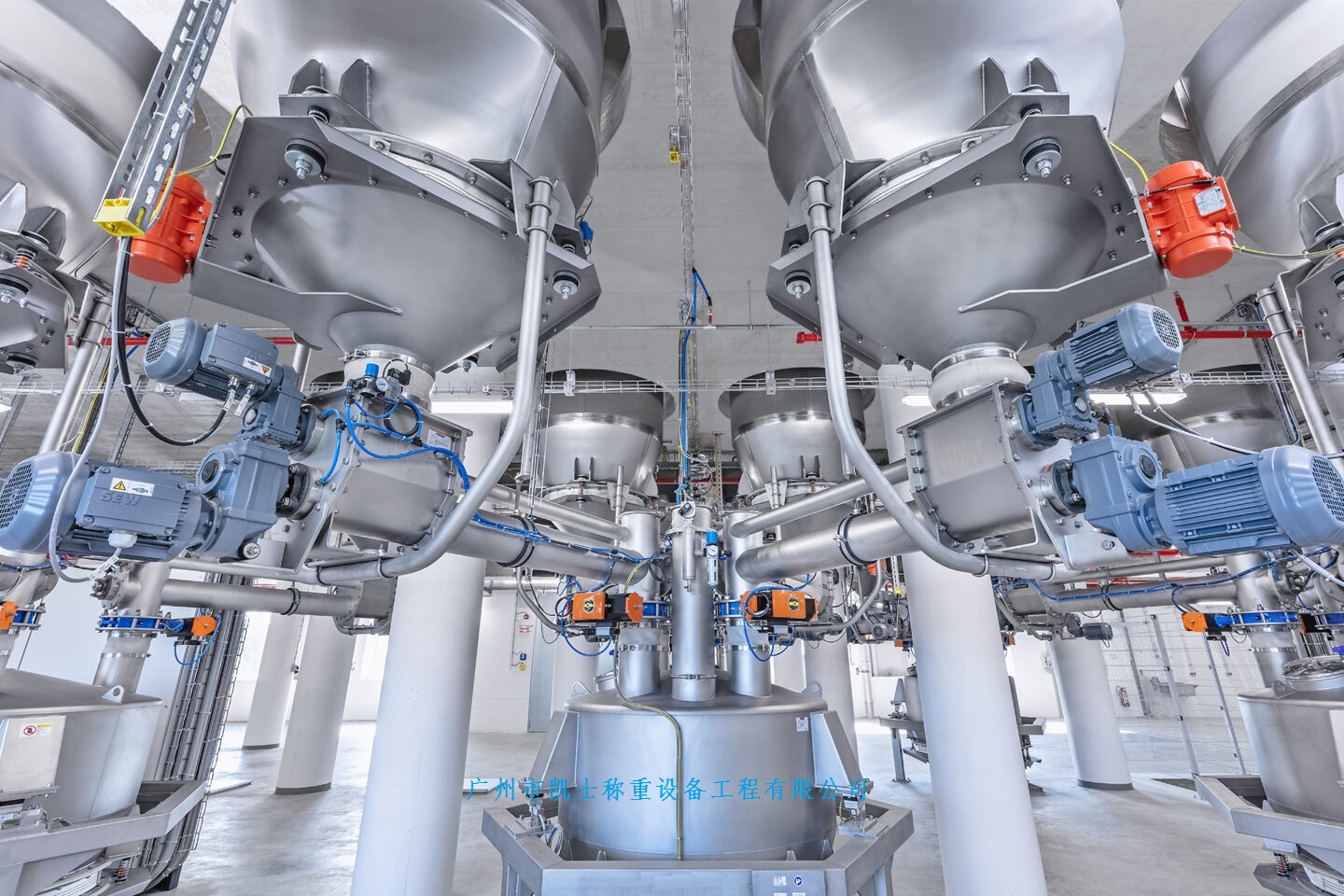

The batching machine is composed of weighing instruments, weighing modules, PLC control systems, stepper motors, gear pumps, etc. The system takes the gravity of the prepared liquid as the controlled quantity and the quantitative gravity as the control basis. The measured gravity signal is sent to the PLC control system for calculation. The output of the PLC control system is a quantitative signal of the product of concentration and gravity.
 020-34563445
020-34563445The batching machine uses PLC to achieve automatic control of the mixing of multiple liquids. The solenoid valves, agitators and Weighing modules in the system operate according to the set parameters through PLC, thereby completing the automatic mixing of liquids. The requirement is to mix multiple liquids in a certain proportion, and only after electric stirring and waiting to reach a certain temperature can the mixed liquid be output from the stirring tank. The entire working process forms a cyclic state. Even after pressing the stop button, the system still needs to complete this mixing before it can end. This system alters the control logic and parameters by changing the program of the PLC, featuring flexible application methods.
The batching machine is composed of weighing instruments, weighing modules, PLC control systems, stepper motors, gear pumps, etc. The system takes the gravity of the prepared liquid as the controlled quantity and the quantitative gravity as the control basis. The measured gravity signal is sent to the PLC control system for calculation. The output of the PLC control system is a quantitative signal of the product of concentration and gravity, which is a 0~20mA electrical signal. After necessary level conversion, analog-to-digital conversion, pulse shaping, pulse distribution and power amplification, it is sent to the stepping motor to drive the stepping motor to operate according to the number of pulses. The stepping motor is directly connected to the gear pump to form the batching machine. The liquid agent from the weighing silo is controlled by the gear pump to be added to the mixing tank. Since the rotational speed of the stepping motor is directly proportional to the quantitative gravity entering the agitator tank, and the displacement (liquid addition volume) of the gear pump is also directly proportional to the rotational speed. The amount of liquid added is proportional to the quantitative gravity and changes linearly with the variation of the quantitative gravity, thus achieving automatic control of the liquid.




